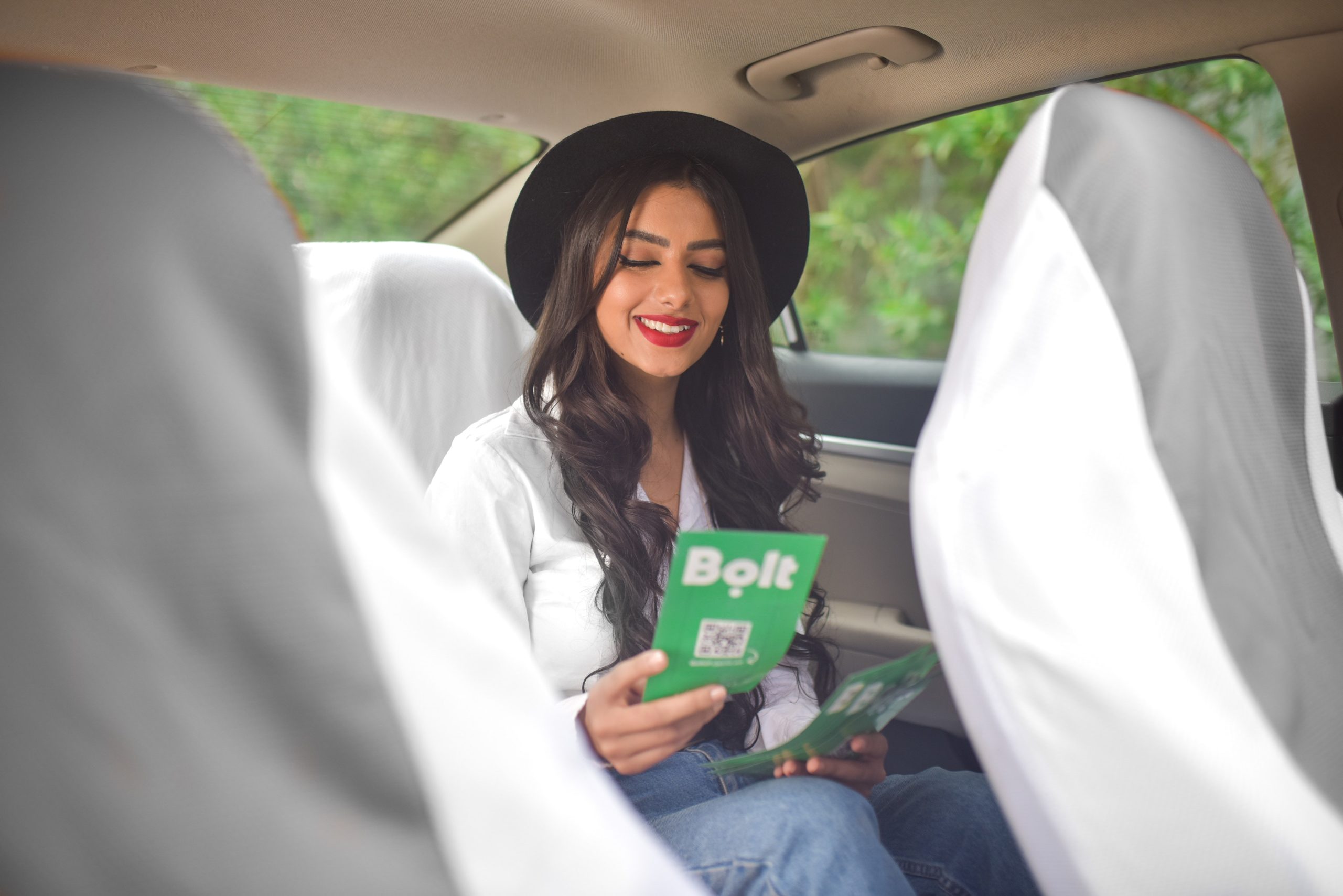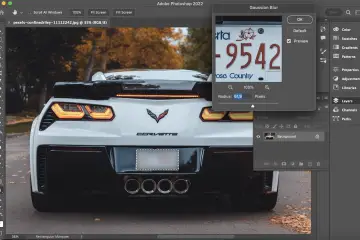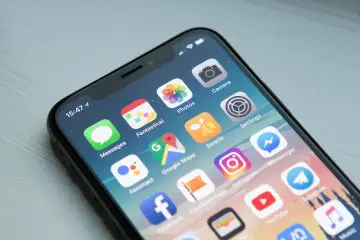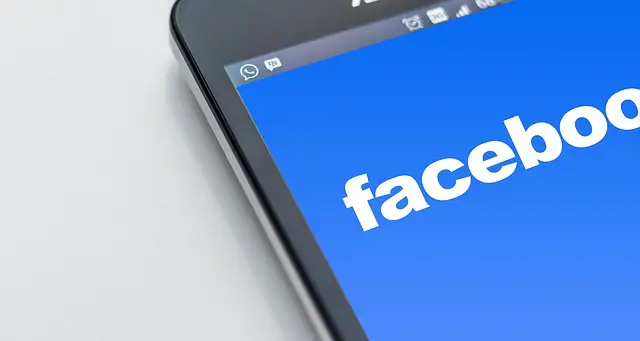Really? A whole blog post about flyers? Excuse me, the 90s called and want their advertising material back…
But as is so often the case: those who are declared dead live longer. Because even in 2022 you can still score points with a well-designed flyer. Today they still serve as a point of contact, a source of information, and an advocate. But how does that work? We give you 5 tips for an effective and convincing conception!
Why are there still flyers in 2022?
Of course, the question arises whether flyers are still up-to-date in 2022. After all, there are regular farewells to print advertising. We are of the opinion: Print is not dead! In 2022, too, the leaflets – if implemented effectively – will play a role in marketing that should not be underestimated.
Because, just like social ads, they pick up your target group where they are stopped, flyers also find a place in people’s lives. It is true that one tends to assume that leaflets are more likely to be ignored because of the sheer volume. But social ads still reach their goal without any problems, even if all social media are now full of them.
Flyers are also suitable, e.g. B. at trade fairs as a small handout that goes beyond a business card. In this way, you not only pass on contact details but also directly helpful information that strengthens interest.
Finally, of course, a lot depends on your target audience. You will certainly find it difficult to encourage young people in particular to read a flyer. At least not unless there is a fundamentally high interest in the topic. However, other people still prefer to hold something printed in their hands than to be addressed via the web.
5 tips for your flyers
1. Consider the Customer Journey
The term customer journey describes the journey that your customers make from the mere idea to action. There are different approaches such as AIDA, ACCRA or the messy middle. What they all have in common is that there are different phases that happen either at the same time or in a different order. There is usually an attention phase, an information phase, the action and, downstream, e.g. B. Customer retention.
It is important that you are clear about the function of your flyer. First of all, it doesn’t matter which of the models you use exactly. A flyer can B. just attract attention. Then that means that something has to happen downstream behind the flyer (e.g. call the consultant for more information or QR code for a look at the extensive landing page). However, it can also be used to provide further information after attention has already been drawn by a trade fair stand. Direct action is also possible (e.g. with a detachable order form).
In addition, it is also possible to incorporate the entire customer journey into the concept. The title page draws attention, the middle part of the flyer provides information and the end offers an action that leads directly to the desired goal (e.g. QR code for downloading the software or order form).
No matter which concept you choose: It is simply important that you are clear at the beginning about the function your flyer will play within the customer journey. This is the only way you can build it up in a targeted and effective manner.
2. Choose the appropriate format
DIN A4 half, portrait format, folded flyer – and off to the printer with it. After all, we’ve always done it this way, why not just keep it up?
Of course you can do that. But then the Flyer project very quickly runs the risk of fulfilling the cliché of dead print advertising. Because those who move in deadlocked tracks misjudge further development.
So instead of doing everything as usual, you should ask yourself which format really suits the goal. What do you want to achieve? What is the content of your flyer? Of course, you can depict the particularly spacious family car in portrait format. But doesn’t that spacious interior seem much more powerful in an expansive landscape format?
So the format shouldn’t be something you just use randomly. Rather, you should ask yourself which characteristics are the focus, what the goal is and how the right format can underline and support these points…
3. Plan the first impression
The front of your flyer is your door opener. This first impression decides whether your advertising material has a chance or not. Accordingly, it is important that you pay particular attention to this page. Because the rest of the content only has a chance if you are convincing all along the line.
But how does that work? This of course depends on your product and your target group. However, there are a few general points of reference:
- Use a strong, meaningful image that catches the eye. You are also welcome to surprise us with a creative idea. The main thing is that you keep your eye on it.
- Pay attention a clear headline that immediately makes it clear what the topic of the flyer is. Teasers is the most important benefit that satisfies the needs of your target group. But still, leave gaps in the information. In this way, you arouse curiosity and your target group can’t help but read the flyer (e.g. “The most powerful AI photo editing software – more Take photos, waste less time on the laptop “).
- Do not overload the front page with a multitude of elements. Instead, keep them clear and unambiguous. This also applies to the text: less is often more.
4. Be bold and creative
Routines and experience are important. They help to deliver a good job in everyday life and to master new tasks with a familiar crafting kit. But especially when it comes to creativity, such routines can be limit. Instead of daring to do something new, you take the same steps that you work through again and again.
This often leads to flyers looking alike – and getting bored. To avoid this, you should regularly question your creative habits and consciously leave them once in a while. Because if you move off the beaten track, you will often find ideas and approaches that are particularly valuable.
Think e.g. B. once entirely from the product. Do you sell folding mattresses? Then the flyer can possibly be unfolded in a similar way to your product. Does your new panoramic instant camera create holiday memories in widescreen format? Then you might collect the best pictures of your customers in a challenge and use them for a flyer in extreme landscape format.
Ideally, try to approach each product and each new topic with an open mind. Research the specifics and then decide how you want to implement the flyer. Because that’s how you develop ideas that you would never discover otherwise – even if the word “flyer” jumps into action in your head.
Of course, new or different is not necessarily better. Every idea should be checked extensively for suitability and feasibility. Because that’s the only way it can exist in reality. But until then, spinning around is not only allowed in every respect but expressly desired. So be bold, be creative!
5. Lead to action with a call-to-action
The calculation is very simple: If you don’t demand any action, hardly anyone will perform one. If you have defined your flyer as a fixed point in the customer journey, you must be clear about the next step – and specifically ask your target group to do so.
Is the flyer just an introduction to more in-depth information that may be available on the web? Then you need to get your target audience to scan the QR code or enter a link. Does the flyer stand on its own? Then at the end there must be an opportunity to carry out an action. Can e.g. This can be done, for example, via a tear-off order form, voucher or coupon.
The general rule is: every flyer has a goal and even if this goal is mere information, an action should be taken at the end stand that is prompted. Only in this way can the flyer really have an effect.
Conclusion: This is how modern and attractive flyers succeed
- Consider the customer journey and where the flyer fits into it. This is how you define the goal of the advertising medium.
- Plan the first impression, because this is how you grab the attention of your customers.
- Choose that appropriate format and dare to make special designs.
- Be bold and creative. Dare to come up with ideas off the beaten track.
- Lead your Customers directly to the next step via call-to-action.
These five simple steps will help you design your next flyer with impact.








